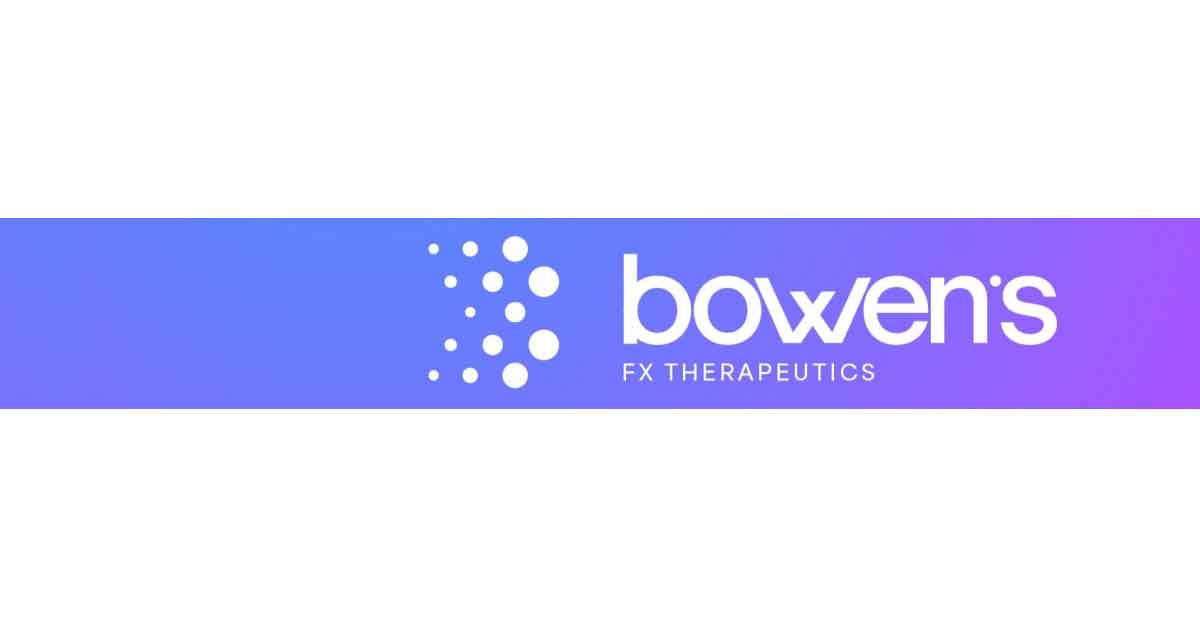Developing a Protein Replacement Therapy for Fragile X Syndrome
Fragile X syndrome can present challenges for affected individuals and their families. There remains a critical need for curative therapies that can support greater independence and improved future outcomes for people living with Fragile X. While several promising and diverse therapeutic approaches are currently under clinical investigation, they do not address the underlying cause — the loss of Fragile X Messenger Ribonucleoprotein (FMRP), a protein essential for numerous cellular functions. Approaches targeting single FMRP effectors cannot fully make up for FMRP loss and may only address specific symptoms. Therefore, therapies that restore the function of FMRP are essential in the search for a curative therapy.
The Origins of Bowen’s FX Therapeutics
To address this unmet medical need, Bowen’s FX Therapeutics was established in 2024 by our founder, Jeff Parr, grandfather of Bowen, a four-year-old recently diagnosed with Fragile X syndrome. The company is named after Bowen, with a mission to advance curative therapies for him and all people with Fragile X syndrome.
Bowen’s FX is focused on developing a transformative, systemically delivered protein replacement therapy designed to restore FMRP function throughout the body, including the central nervous system. This strategy originated from the laboratory of Professor Ray Turner and his team, including Dr. Xiaoqin Zhan at the University of Calgary. Their research demonstrated that an engineered fragment of FMRP could serve as a viable substitute for the full-length protein, providing the basis for our therapeutic protein replacement program.
The primary therapeutic molecule consists of an FMRP fragment fused to a peptide to facilitate enhanced brain and cellular delivery. This engineered protein is designed to cross the blood-brain barrier and is intended for administration via intravenous or subcutaneous injection, eliminating the need for direct brain injections and minimizing invasiveness.
Preclinical studies have demonstrated the following key outcomes so far:
- Restoration of typical protein expression and mitochondrial function in human cellular models of Fragile X syndrome.
- Effective brain penetration and neuronal uptake following intravenous administration.
- Restoration of typical protein expression in the brain of a mouse model of Fragile X syndrome.
- Reduction of behavioral hyperexcitability in a mouse model of Fragile X syndrome.
- Recovery of unusual brain activity in a mouse model of Fragile X syndrome, as assessed by electroencephalography, particularly within the gamma frequency range associated with cognitive neural processes.
- Improved safety and stability profile, suitable for optimization towards safe human use.
Current Strategy and Research & Development Activities
Bowen’s FX ongoing research prioritizes the identification of the most stable and functional therapeutic variant and optimal drug formulation. The Research & Development team continues to advance engineering and testing efforts to enhance manufacturability, storage, and dosing, while also evaluating the feasibility of subcutaneous delivery methods, such as infusion pumps, to improve the convenience of patient dosing. Our objective is to complete these optimization studies as early as 2026, enabling the selection of a clinical candidate for manufacturing and final safety assessments before initiating clinical trials.
Looking Ahead and Impact in Fragile X
There are still several steps to fully demonstrate that protein replacement with engineered FMRP is safe, effective, and can be conveniently dosed in patients before advancing into clinical trials. Once there, we will apply for special regulatory designations for orphan drugs and rare pediatric conditions that can minimize the timeframe to approval as a Fragile X syndrome treatment. If achieved, our goal is for Bowen’s FX protein replacement therapy to become the first treatment to restore the function of FMRP, improving outcomes across the full range of symptoms that occur in Fragile X syndrome. In doing so, we hope this will allow for greater ability and independence for people with Fragile X syndrome, increasing their connection to family, friends, and society, and improving their overall quality of life.
For more information about Bowen’s FX Therapeutics, please visit our website and our LinkedIn page.






